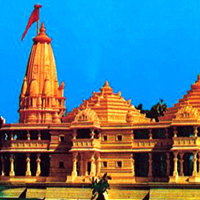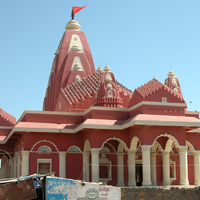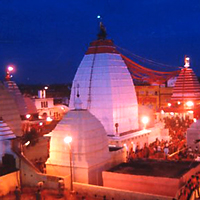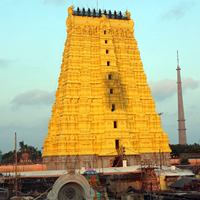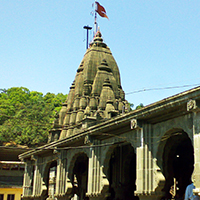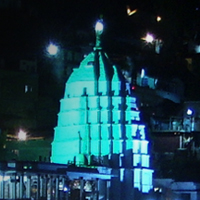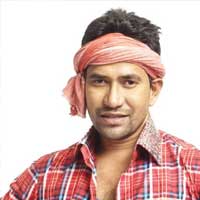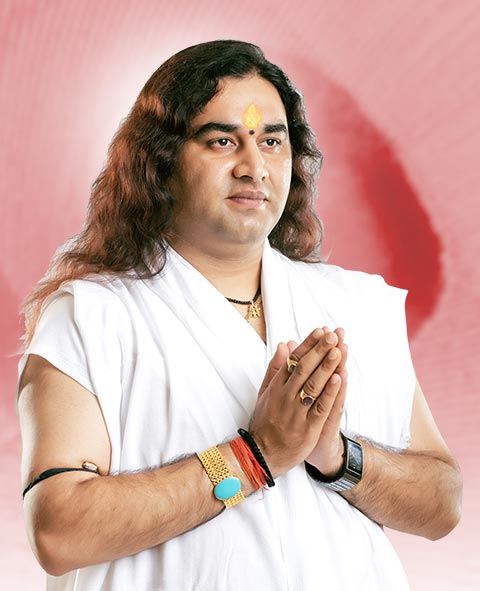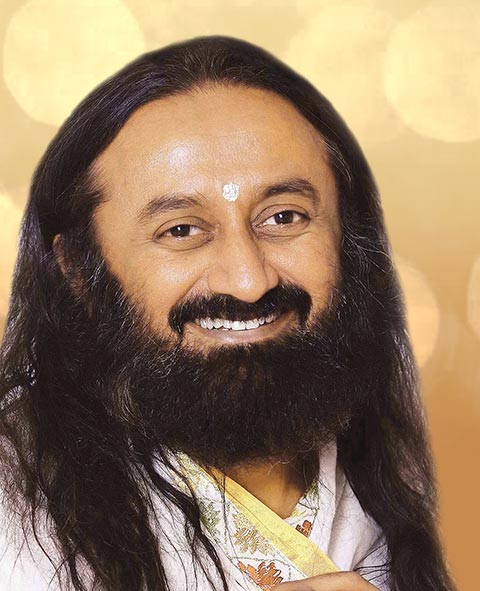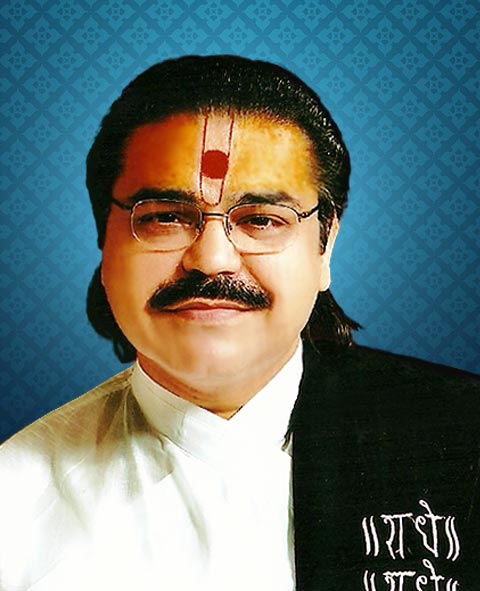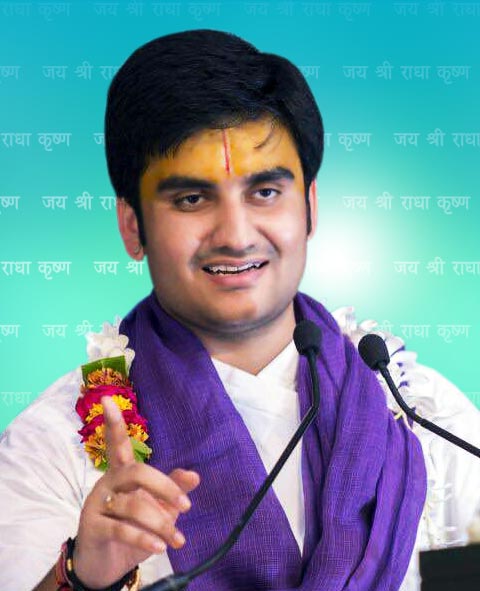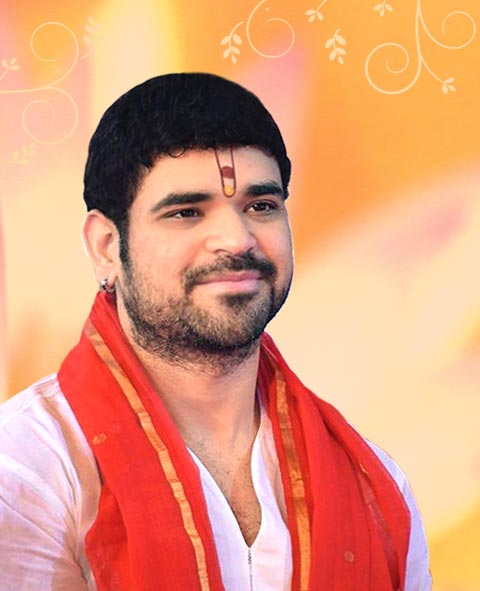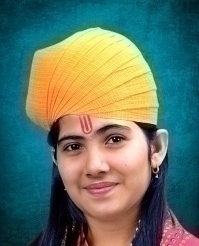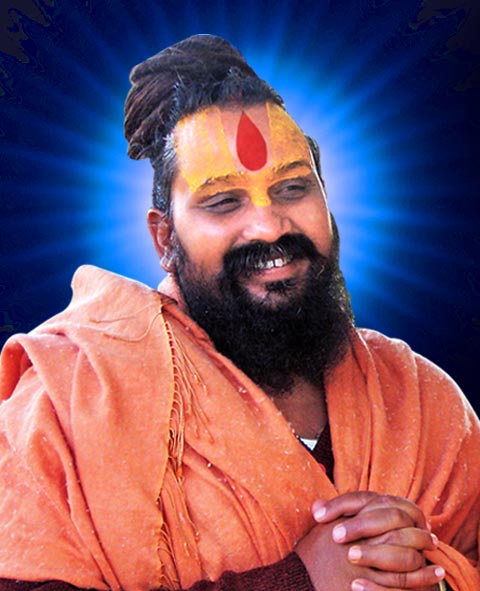Browse By Tample

Kamakhya Temple Assam
Maa Kamakhya Temple located at Guwahati, Assam is a Hindu temple dedicated to the mother goddess Kamakhya. It is considered most sacred and oldest of the 51 Shakti Peethas on earth.
Kamakhya Temple is located on Nilachal Hills in western part of Guwahati on adjoining banks of Brahmaputra river. There is a complex consisting of several temples around Maa Kamakhya Temple. Apart from this, there are also the temples of 10 Mahavidyas in and around temple. These include Bhuvaneshvari, Bagalamukhi, Chinnamasta,Tripura Sundari, Tara, Kali, Bhairavi, Dhumavati, Matangi and Kamala Temples. Among these, Tripurasundari, Matangi and Kamala reside inside the main temple whereas the other seven are individual temples located on Nilachal Hills.
Kamakhya Temple is an important pilgrimage destination for all sects of Hindus and especially for Tantric worshipers.
The History of Kamakhya Temple Assam
The earliest historical dynasty of Kamarupa, the Varmans (350-650), as well as Xuanzang, a 7th-century Chinese traveler ignore the Kamakhya, when it is assumed that the worship was Kirata-based beyond the brahminical ambit.The first epigraphic notice of Kamakhya is found in the 9th-century Tezpur plates of Vanamalavarmadeva of the Mlechchha dynasty. There is enough archaeological evidence of a massive 8th-9th century temple. There is a tradition that the temple was destroyed by Kalapahar, a general of Sulaiman Karrani (1566–1572), though the latest historical findings favor instead an earlier destruction during Hussein Shah’s invasion of the Kamata kingdom(1498) then under Nilambar. The ruins of the temple was said to have been discovered by Vishwasingha, the founder of the Koch dynasty, who revived worship at the site; but it was during the reign of his son, Naranarayan, that the temple reconstruction was completed in 1565. The reconstruction used material from the original temples that was lying scattered about. Banerji (1925) records that this structure was further built over by the rulers of the Ahom kingdom. Many other structures are yet later additions.
According to a legend the Koch Bihar royal family was banned by Devi herself from offering puja at the temple. In fear of this curse, to this day no descendants of that family dares to even look upward towards the Kamakhya hill while passing by.

Without the support of the Koch royal family the temple faced lot of hardship. By the end of 1658, the Ahoms under king Jayadhvaj Singha had conquered the Lower Assam and their interests in the temple grew. In the decades that followed the Ahom kings, all who were either devout Shaivite or Shakta continued to support the temple by rebuilding and renovating it.
Rudra Singha (reign 1696 to 1714) was a devout Hindu and as he grew older he decided to formally embrace the religion and become an orthodox Hindu by being initiated or taking sharan of a Guru, who would teach him the mantras and become his spiritual guide. But, he could not bear the thought of humbling himself in front of a Brahmin who is his subject. He therefore sent envoys to Bengal and summoned Krishnaram Bhattacharyya, a famous mahant of Shakta sect who lived in Malipota, near Santipur in Nadia district. The mahant was unwilling to come, but consented on being promised to be given the care of the Kamakhya temple to him. Though the king did not take sharan, he satisfied the mahant by ordering his sons and the Brahmins in his entourage to accept him as their spiritual guru.
When Rudra Singha died, his eldest son Siba Singha (reign 1714 to 1744), who became the king, gave the management of the Kamakhya temple and along with it large areas of land (Debottar land) to Mahant Krishnaram Bhattacharyya. The Mahant and his successors came to be known as Parbatiya Gosains, as they resided on top of the Nilachal hill. Many Kamakhya priests and modern Saktas of Assam are either disciples or descendants of the Parbatiya Gosains, or of the Nati and Na Gosains
The Legend surrounding Kamakhya Temple
Vatsayana,a Vedic Sage in Varanasi during the later first Century was approached by the King in the Himalayan region (now Nepal) to find a solution to convert the tribals and their rituals of human sacrifice to a more socially accepted worship. The Sage suggested the worship of a tantric goddess Tara that spread towards the eastern Himalayan belt till the Garo Hills where the tribals worshipped a fertility ‘yoni’ goddess ‘Kameke’. It was much later in the later Brahaminical period Kalika Purana that most tantric goddess were related to the legend of ‘Shakti’ and began to be erroneously worshipped as a ‘devi’ by the Hindus.
According to the Kalika Purana, Kamakhya Temple denotes the spot where Sati used to retire in secret to satisfy her amour with Shiva, and it was also the place where her yoni fell after Shiva danced with the corpse of Sati. This is not corroborated in the Devi Bhagavata, which lists 108 places associated with Sati’s body, though Kamakhya finds a mention in a supplementary list. The Yogini Tantra, a latter work, ignores the origin of Kamakhya given in Kalika Puranaand associates Kamakhya with the goddess Kali and emphasizes the creative symbolism of the yoni.
Architecture of Kamakhya Temple
The temple consists of four chambers: garbhagriha and three mandapas locally called calanta, pancaratna and natamandira. The garbhagriha has a pancharathaplan and rests on plinth moldings that are similar to the Surya Temple at Tezpur, above which are dados from a later period of the Khajuraho or the Central Indian type, consisting of sunken panels alternating with pilasters. The sikhara in the shape of a bee-hive, which is characteristic of temples in Lower Assam. The inner sanctum, the garbhagriha, is a cave below ground level and consists of no image but a rock fissure:
The garbhagriha is small, dark and reached by narrow steep stone steps. Inside the cave there is a sheet of stone that slopes downwards from both sides meeting in a yoni-like depression some 10 inches deep. This hallow is constantly filled with water from an underground perennial spring. It is the vulva-shaped depression that is worshiped as the goddess Kamakhya herself and considered as most important pitha (abode) of the Devi.
The garbhaghrihas of the other temples in the Kamakhya complex follow the same structure—a yoni-shaped stone, filled with water and below ground level.
The current structure has been built during the Ahom times,with remnants of the earlier Koch temple carefully preserved. Temple was destroyed during the middle of second millennium and revised temple structure was constructed in 1565 by Chilarai of the Koch dynasty in the style of medieval temples. The current structure has a beehive-like shikhara characteristic of lower Assam with delightful sculptured panels and images of Ganesha and other Hindu gods and goddesses on the outside. The temple consists of three major chambers. The western chamber is large and rectangular and is not used by the general pilgrims for worship. The middle chamber is a square, with a small idol of the Goddess, a later addition. The walls of this chamber contain sculpted images of Naranarayana, related inscriptions and other gods. The middle chamber leads to the sanctum sanctorum of the temple in the form of a cave, which consists of no image but a natural underground spring that flows through a yoni-shaped cleft in the bedrock.
Ambubachi Mela At Kamakhya Temple
Ambubachi Mela is held every year during June-July at Kamakhya Temple. Every year lakhs of pilgrims, from monks to common people from all corners of India, visit Kamakhya Temple during the 4 day Ambubachi Puja. For 2014 Ambubachi Puja click here.
These include Sannyasins, black clad Aghoras, the Khade-babas, the Baul or singing minstrels of West Bengal, intellectual and folk Tantriks, Sadhus and Sadhvis with long matted hair etc. Even foreigners from abroad come to seek blessings of mother Kamakhya.
The four day period is very auspicious for tantric cults, who observe tough penance to gain Siddhis at this time.
